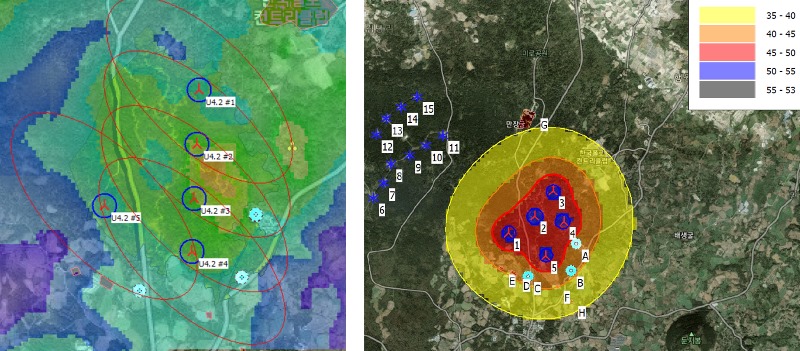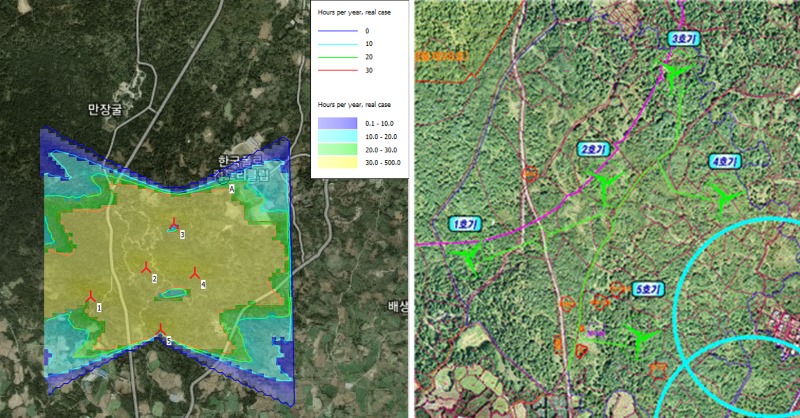 KR Webzine Vol.149
KR Webzine Vol.149
- Dec. 2021
- Nov. 2021
- Oct. 2021
- Sep. 2021
- Aug. 2021
- Jul. 2021
- Jun. 2021
- May. 2021
- Apr. 2021
- Mar. 2021
- Feb. 2021
- Jan. 2021
- Dec. 2020
- Nov. 2020
- Oct. 2020
- Sep. 2020
- Aug. 2020
- Jul. 2020
- Jun. 2020
- May. 2020
- Apr. 2020
- Mar. 2020
- Feb. 2020
- Jan. 2020
- Dec. 2019
- Nov. 2019
- Oct. 2019
- Sep. 2019
- Aug. 2019
- Jul. 2019
- Jun. 2019
- May. 2019
- Apr. 2019
- Mar. 2019
- Feb. 2019
- Jan. 2019
- Dec. 2018
- Nov. 2018
- Oct. 2018
- Sep. 2018
- Aug. 2018
- Jul. 2018
- Jun. 2018
- May. 2018
- Apr. 2018
- Mar. 2018
- Feb. 2018
- Jan. 2018
- Dec. 2017
- Nov. 2017
- Oct. 2017
- Sep. 2017
- Aug. 2017
- Jul. 2017
- Jun. 2017
- May. 2017
- Apr. 2017
- Mar. 2017
- Feb. 2017
- Jan. 2017
- Dec. 2016
- Nov. 2016
- Oct. 2016
- Sep. 2016
- Aug. 2016
- Jul. 2016
- Jun. 2016
- May. 2016
- Apr. 2016
- Mar. 2016
- Feb. 2016
- Jan. 2016
- Dec. 2015
- Nov. 2015
- Oct. 2015
- Sep. 2015
- Aug. 2015
- Jul. 2015
- Jun. 2015
- May. 2015
- Apr. 2015
- Mar. 2015
- Feb. 2015
- Jan. 2015
- Dec. 2014
- Nov. 2014
- Oct. 2014
- Sep. 2014
- Aug. 2014
- Jul. 2014
- Jun. 2014
- May. 2014
- Apr. 2014
- Mar. 2014
- Feb. 2014
- Jan. 2014
- Dec. 2013
- Nov. 2013
- Oct. 2013
- Sep. 2013
- Aug. 2013
- Jul. 2013
- Jun. 2013
- May. 2013
- Apr. 2013
- Mar. 2013
- Jan. 2013
- Dec. 2012
- Nov. 2012
- Oct. 2012
- Sep. 2012
- Aug. 2012
- Jul. 2012
- Jun. 2012
- May. 2012
- Apr. 2012
- Mar. 2012
- Feb. 2012
- Jan. 2012
- Dec. 2011
- Nov. 2011
- Oct. 2011
- Sep. 2011
- Aug. 2011
- Jul. 2011
- Jun. 2011
- May. 2011
- Apr. 2011
- Mar. 2011
- Feb. 2011
- Jan. 2011
- Dec. 2010
- Nov. 2010
- Oct. 2010
- Sep. 2010
- Aug. 2010
- Jul. 2010
- Jun. 2010
- May. 2010
- Apr. 2010
- Mar. 2010
- Feb. 2010
- Jan. 2010
- Dec. 2009
- Nov. 2009
- Oct. 2009
- Sep. 2009
- Aug. 2009
- Jul. 2009
- Jun. 2009
- May. 2009
- Apr. 2009
- Mar. 2009
- Feb. 2009
- Jan. 2009
- Dec. 2008
- Nov. 2008
- Oct. 2008
- Sep. 2008
- Aug. 2008
- Jul. 2008
- Jun. 2008
- May. 2008
- Apr. 2008
- Mar. 2008
- Feb. 2008
07
July 2020
- KR Inside
- KR R&D Trends
-
Technical News
- Convention Today
- Guidance for placement of IBWM certificate on Hong-Kong flag ships
- Guidance on the issuance of IHM(EU) certificate for existing ships, maintenance update of IHM Part I and Final Survey
- (COVID-19) Instructions for extension of statutory survey and certificate on behalf of each flag state
- Port state control detentions
1. Overview of design techniques for low noise and eco-friendly wind farms
According to the government's "Renewable Energy 3020 Implementation Plan," renewable energy should generate up to 20 percent of the total power generation by 2030, with wind energy accounting for a fairly high percentage of the total renewable energy facility capacity - about 28 percent.
However, at the end of 2018, the cumulative installation capacity of wind energy (on and offshore) was only about 1.3GW (target:17.7GW), which is partly due to wind energy projects receiving an increasing number of complaints about environmental issues such as noise, and therefore the sector is not achieving the government's road map. As a result, KR is currently developing "low noise and eco-friendly wind farm design technology" that considers both environmental and resident acceptability, while contributing to the government's renewable energy policy and diversification plans for non-marine business.
Wind farm design basically maximizes annual energy production (AEP) through a location survey, wind measurement and analysis of the candidate site, and the simulation of wind turbine layout. However, in a narrow and densely populated environment like Korea a feasibility (economic feasibility) study may not always be conducted. In addition, prioritizing the noise and environmental impacts within the limited area of the wind farm candidate site may fail to give safety aspects of the wind turbines enough importance. Therefore, new wind farm design technologies are being developed in this study which minimize annual energy production degradation and ensure safety while considering low noise and eco-friendly design conditions.
Development of low noise and eco-friendly wind farm design technology
- Development of measurement and noise reduction design technology for each major source of
noise
in wind farms
- Development of sector management technology considering the surrounding environment
- Development of optimal micro-sitting technology considering environmental conditions and
turbine wake effects
- Development of a technology for transporting and installing wind turbines to minimize
environmental damage
- Research on ecological environment and minimize ecological impact
2. Major result of low noise - eco-friendly wind farm design technology development
(1) Designing a wind farm layout considering the noise effects of wind turbines
In this study, KR examined the noise effect analysis technology of wind farms using the noise data of wind turbines measured in accordance with the international standard IEC61400-11 and the noise propagation model presented in ISO 9613-2. This technology was applied to the candidate sites for wind farm development to determine the optimal placement of wind generators. As a result, a total of five wind turbines were installed on the target site, and the final design plan for noise effect was within the maximum AEP production design. The results of the design as well as the results of the noise impact analysis on the major nearby residence (pensions, private houses) are as follows. The noise impact analysis does not exceed the Korean standard of living noise 45 dB(A) for the residences near the candidate sites.

Table 1. Results of noise analysis of the residences near the candidate sites for wind farms
|
Areas |
A |
B |
C |
D |
E |
F |
G |
H |
|
Pension |
Residence |
Pension |
cattle shed |
cattle shed |
Residence |
Hot spot |
Residence |
|
|
Noise[dB(A)] |
44.6 |
42.0 |
42.1 |
41.9 |
41.6 |
40.6 |
36.4 |
37.4 |
The recently installed large wind turbine has a blade length of 50 to 80 meters, which can have a shadow flicker effect on nearby residence depending on the location of the wind turbines.

3. Summary and follow-up research
Through this study, KR is developing low noise, eco-friendly wind farm design technology that minimizes the impact on residents' and minimizes environmental damage in the construction stage of the wind farm. KR has noise analysis technology for wind farms which applied with international standard noise propagation and test data, shadow impact analysis technology for wind turbines applied with global airfield model, and impact analysis technology for forest damage.
As a result, the AEP has been reduced to less than 1% minimizing noise and environmental impact. Through follow-up research, KR will increase the competitiveness of upgrading the design technology of the wind farm and diversifying its business by securing additional noise analysis technology, low frequency noise analysis technology, and fatigue load analysis technology caused by the wake impact.


